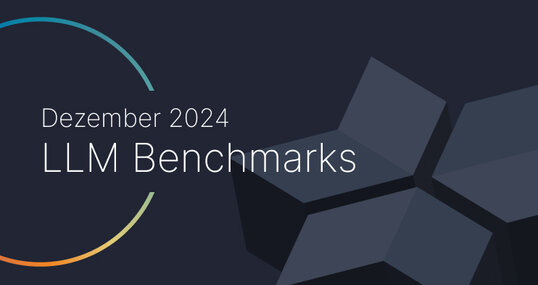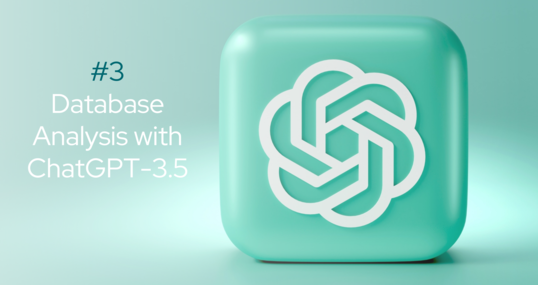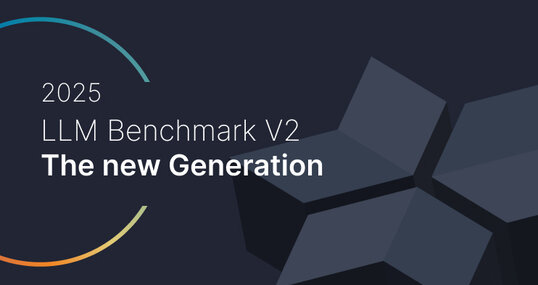This post describes a student group project developed within the Data Science Lab undergraduate course of the Vienna University of Economics and Business, co-supervised by Trustbit.
Student project team: Michael Fixl, Josef Hinterleitner, Felix Krause and Adrian Seiß
Supervisors: Prof. Dr. Axel Polleres (WU Vienna), Dr. Vadim Savenkov (Trustbit)
Introduction
Real-time truck tracking is crucial in logistics: to enable accurate planning and provide reliable estimation of delivery times, operators build detailed profiles of loading stations, providing expected durations of truck loading and unloading, as well as resting times. Yet, how to derive an exact truck status based on mere GPS signals? Knowing the exact position and shape of truck parking lots can be advantageous in order to find out whether a truck is performing a loading action, or is just waiting nearby. Oftentimes, however, truck parking lots are not entirely recorded. In this post we describe a machine learning approach of detecting parking lot shapes based on satellite images. If you would like to check out details of the project or want to reproduce it, the code can be found on GitHub.
Building a dataset
Our first task is to obtain an annotated dataset of satellite images, so we resort to open data from OpenStreetMap to get both imagery and parking lot annotations, via the open dataset published by Google in BigQuery. In order to increase sample size, we make use of two satellite imagery sources from different timepoints and hence containing different image information. As you can see in the samples below, the images of the same parking lot differ in resolution as well as in time of recording (visible for example via the tree size in the center of the image). Thus, we can use almost all filtered parking lot shape annotations (below in blue) twice. Finally, a dataset of slightly above 1000 satellite images of truck parking lots with corresponding parking lot shape data is ready to be used for training models.






































































































